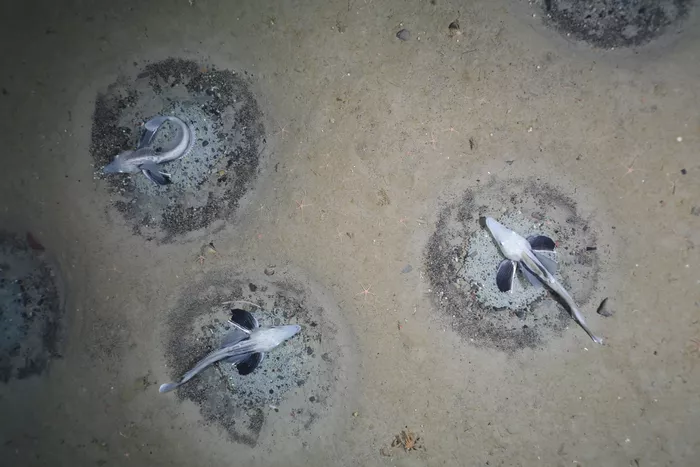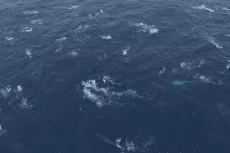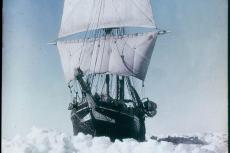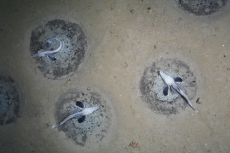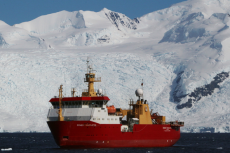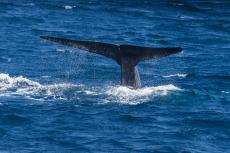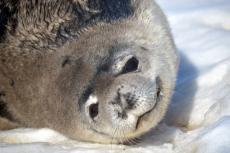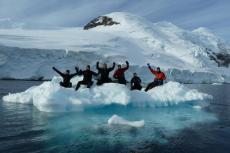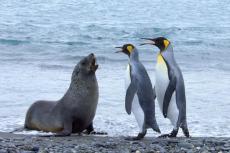World's largest fish breeding area discovered in Antarctica
Researchers on board the research vessel estimated that the area contained 60 million nests of the Jonah's icefish—likely the most spatially extensive contiguous fish breeding colony discovered to date.
Using a towed camera system, researchers discovered the world’s largest fish breeding area near the Filchner Ice Shelf, south of the Antarctic Weddell Sea.
The nests belonged to the Jonah’s icefish (Neopagetopsis ionah). Mapping the area suggested a total extent of 240 square kilometres. Based on the density of the nests and the size of the breeding area, it was estimated that there were about 60 million nests.
This was an astonishing number, considering that ever since the Alfred Wegener Institute (AWI) started exploring the area with the icebreaker Polarstern (in the early 1980s), only individual or small clusters of Jonah’s icefish nests have been found there.
After combining their results with oceanographic and biological data, the researchers discovered that the breeding area corresponded spatially with the inflow of warmer deep water from the Weddell Sea onto the higher shelf. The area was also a popular destination for Weddell seals, with more than 90 percent of their diving activities taking place in the vicinity of the active fish nests.
Reporting their findings in the journal Current Biology, the team said that this was likely the most spatially extensive contiguous fish breeding colony discovered to date.
AWI Director and deep-sea biologist Prof. Antje Boetius said that the study showed how urgent it was to establish marine protected areas in Antarctica.
"This great discovery […] shows how important it is to be able to investigate unknown ecosystems before we disturb them. Considering how little known the Antarctic Weddell Sea is, this underlines all the more the need of international efforts to establish a Marine Protected Area,” she said.
The idea that such a huge breeding area of icefish in the Weddell Sea was previously undiscovered is totally fascinating.
— Autun Purser, deep-sea biologist at the Alfred Wegener Institute, Helmholtz Centre for Polar and Marine Research (AWI)


